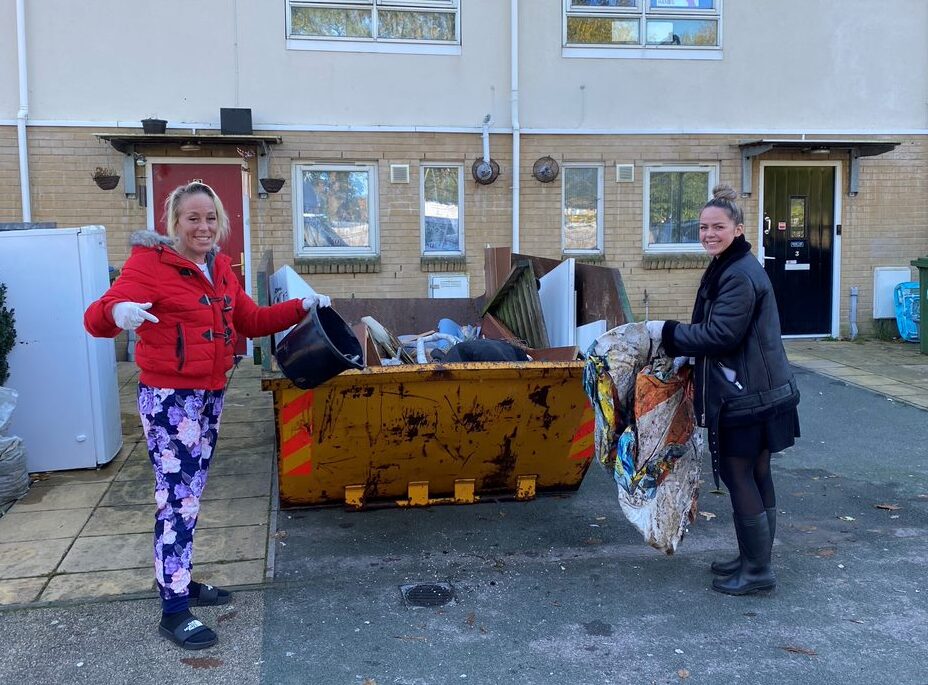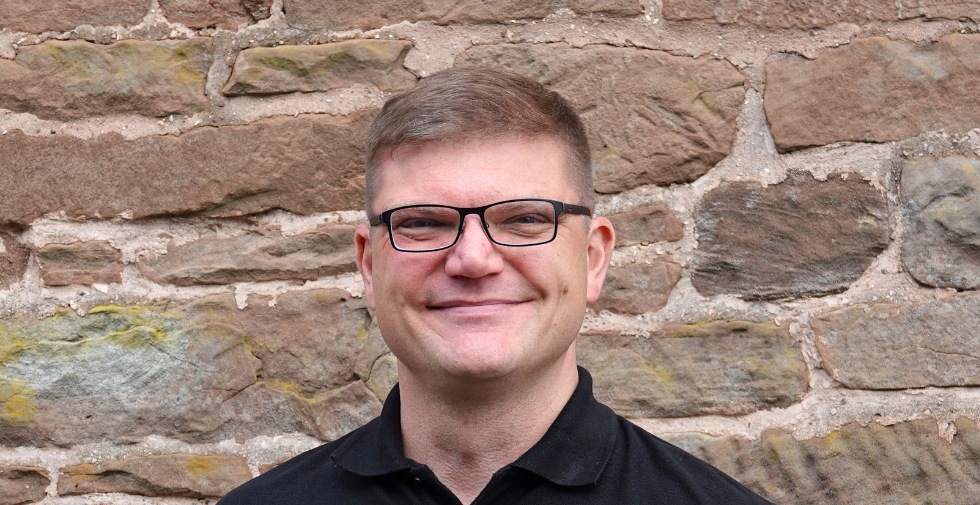 Dr Eve Blezard, HQN
Dr Eve Blezard, HQN
“You don’t care. You only pretend to care” Cathy Ward, Cathy Come Home 1966
In the decades since the Cathy Come Home television play, the struggle within social housing for health, well-being and a sense of belonging remains. Despite legislative advances like the Social Housing (Regulation) Act of 2023, merging housing policies, resident-led research and public health strategies is now crucial for genuine community enhancement. This article draws from a study on a British social housing estate, ‘Rookwood’(1), offering a microcosm of the broader socio-economic challenges permeating UK social housing. The research uses residents’ narratives to explore the profound impact of communal spaces on community vibrancy and individual well-being, advocating for a shift towards more inclusive, health-promoting living environments.
The transformation of Rookwood from a bustling post-war community to its current state offers a poignant look into the dynamics of social housing. This once-thriving estate, rich in amenities and communal spirit, now grapples with diminished communal spaces and heightened isolation. The stark contrast between Rookwood’s past and present is a microcosm of broader socio-economic shifts affecting social housing across the UK.
The residents’ narratives vividly illustrate how the loss of ‘third places’ – informal public spaces outside of home and work essential for fostering community through regular social interaction and relationship building (Oldenburg, 1999) — has significantly impacted Rookwood. This decline in essential communal spaces for interaction and play has eroded the estate’s physical landscape and social cohesion, stifling opportunities for social engagement and leading to a pervasive sense of loss. Rookwood’s narrative emphasises the urgent need for policies that prioritise and rejuvenate these communal spaces, underscoring their role in fostering a sense of belonging, enhancing wellbeing and nurturing a resilient community spirit.
Change, loss and community
Rookwood is a testament to communal spaces’ pivotal role in shaping residents’ health and wellbeing (Hickman, 2013). This once vibrant social housing estate, born out of post-war aspirations for community and belonging, has seen its shared green spaces and play areas gradually diminish, leaving behind a palpable void in the fabric of community life. Residents mourn the loss of these ‘third places’ that once offered safety and fostered bonds among neighbours, emphasising how essential they are for children’s play and the community’s collective identity.
Nothing to make a community

Susan: “Yeah, there’s just nothing to make a community a community, you know, there are no resources.”
In Rookwood, the decline of communal spaces has deeply affected community dynamics. Previously, residents enjoyed a strong sense of belonging, facilitated by shared spaces for children’s play and socialising. However, as these spaces have dwindled, so too has the ability for residents to connect and build social networks.
This shift has particularly impacted longstanding residents who recall a more vibrant community life. The loss of such ‘third places’ has led to disconnection and underscored their importance in fostering wellbeing and a sense of community among residents.
Community as resident power
Mary: “They took the community away from us.”
In Rookwood, community spaces were more than social spaces; they symbolised residents’ control over their environment. The loss of these spaces through redevelopment and austerity significantly impacted the community, stripping away essential social hubs and reducing residents’ autonomy. This reflects wider issues in social housing, where resident autonomy has been stifled through stigmatisation and dehumanisation (McKenzie,2015).
The concept of third places as communal spaces for fostering community and belonging underscores the need for policies that allow communities to shape these spaces themselves, highlighting a systemic issue of resident autonomy and calling for empowering community-driven policy changes.
Home as a right
Helen: “It’s a house, it’s not a home. It’s got to be a home… You’ve got to feel it.”
The impact of crime and loss in Rookwood has deeply influenced residents’ connection to their community, straining their sense of belonging and desire to remain. This difficult reality has trapped many between the desire to leave and a lack of belonging. The term ‘negotiated settlement’ captures their situation, as residents weigh their ideal living conditions against their current reality (Popay et al., 2003, p.67).
The narratives highlight the essential role of strong community bonds and supportive networks in overcoming these challenges. They underscore the broader need for policies enabling residents to actively shape their living spaces, fostering a true sense of home beyond the built environment.
Taking the narrative wider
Rookwood’s story mirrors the challenges faced across UK social housing, emphasising the necessity for policies that enhance communities’ physical structures and social fabric. The experiences shared by Rookwood residents underline the importance of communal spaces for creating a sense of belonging, improving mental health and building resilient communities amidst challenges like crime and social changes.
This narrative extends to a broader call to action for policymakers and practitioners to prioritise more inclusive, community-led approaches in social housing development. It stresses the need to embrace resident voices in planning, ensuring communal spaces are preserved and nurtured to support vibrant, healthy and cohesive communities. This approach not only combats stigma but also aligns with the deeper values of social housing – safety, belonging and creating homes beyond mere shelter, advocating for a future where every resident can truly feel at home.
Here are some recommendations from the research findings to enhance community wellbeing and resident engagement.
- Champion communal spaces: policies should focus on creating and preserving communal areas vital for community wellbeing
- Elevate resident narratives: ensure that policies reflect the diverse experiences of social housing residents and recognise their right to a safe and meaningful home
- Counteract stigmas: platform resident-led narratives and experiences to help dismantle the stigma around social housing
- Enhance resident participation: encourage housing providers to enable real resident participation in decision-making, particularly around communal spaces
- Prioritise well-being: shift housing practices to highlight residents’ quality of life, support projects that connect communities with their history and culture
- Advocate for interdisciplinary studies: support research that intersects health, housing and well-being, focusing on residents’ real-life experiences to inform healthier housing policies
- Leverage public health insights: incorporate health considerations into housing studies and policies to create environments that support physical and mental health.
Conclusion
Rookwood’s narratives reflect wider challenges in social housing, emphasising the vital role of home and community in ensuring residents’ sense of safety and belonging. Ultimately, the research argues for housing policy reforms that acknowledge the broad impacts of housing on health, wellbeing and community cohesion. However, the study is not simply a narrative of Rookwood – it should also serve as a hopeful call to action. It invites policymakers, practitioners and communities to unite in redefining social housing as spaces where safety, belonging and well-being aren’t mere ideals but lived realities for every resident.
“Identifying with a place as the home was transformative, especially when supported by friendly neighbourhood interactions, safety and accessibility of local amenities.”
(Fossey et al., 2020, p.1)
Dr Eve Blezard is HQN Networks Project Manager, and this article is based on her doctoral study: Blezard, E. (2022). Change, Loss and Community: Resident narratives of life on a social housing estate. University of Salford (UK)
References
Fossey, E., Harvey, C., & McDermott, F. (2020). Housing and support narratives of people experiencing mental health issues: Making my place, my home. Frontiers in Psychiatry, 10, 939.
McKenzie, L. (2015). Getting By: Estates, class and culture in austerity Britain. Policy Press
Oldenburg, R. (1999). The great good place: Cafes, coffee shops, bookstores, bars, hair salons, and other hangouts at the heart of a community. New York: Marlowe.
Popay, J., Thomas, C., Williams, G., Bennett, S., Gatrell, A., & Bostock, L. (2003). A proper place to live: health inequalities, agency and the normative dimensions of space. Social Science & Medicine, 57(1), 55-69.
Footnote
1 The name of the estate has been changed to preserve the anonymity of the residents





















